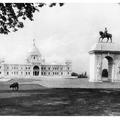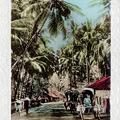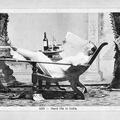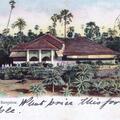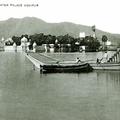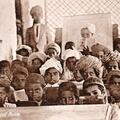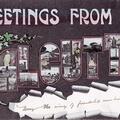View From Malabar Hill, Bombay
Clifton & Co., the first big Bobby-based publisher had numerous versions of this card. This keyhole-style view – a briefly popular postcard type – works well with the curve of what is now Marine Drive opening out towards the waters of Back Bay.

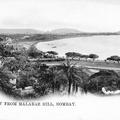
![[India Artist Card] [India Artist Card]](https://www.paperjewels.org/sites/default/files/styles/square_thumbnail/public/slides/india-art-card_0.jpg?itok=QdQVNxi2)
